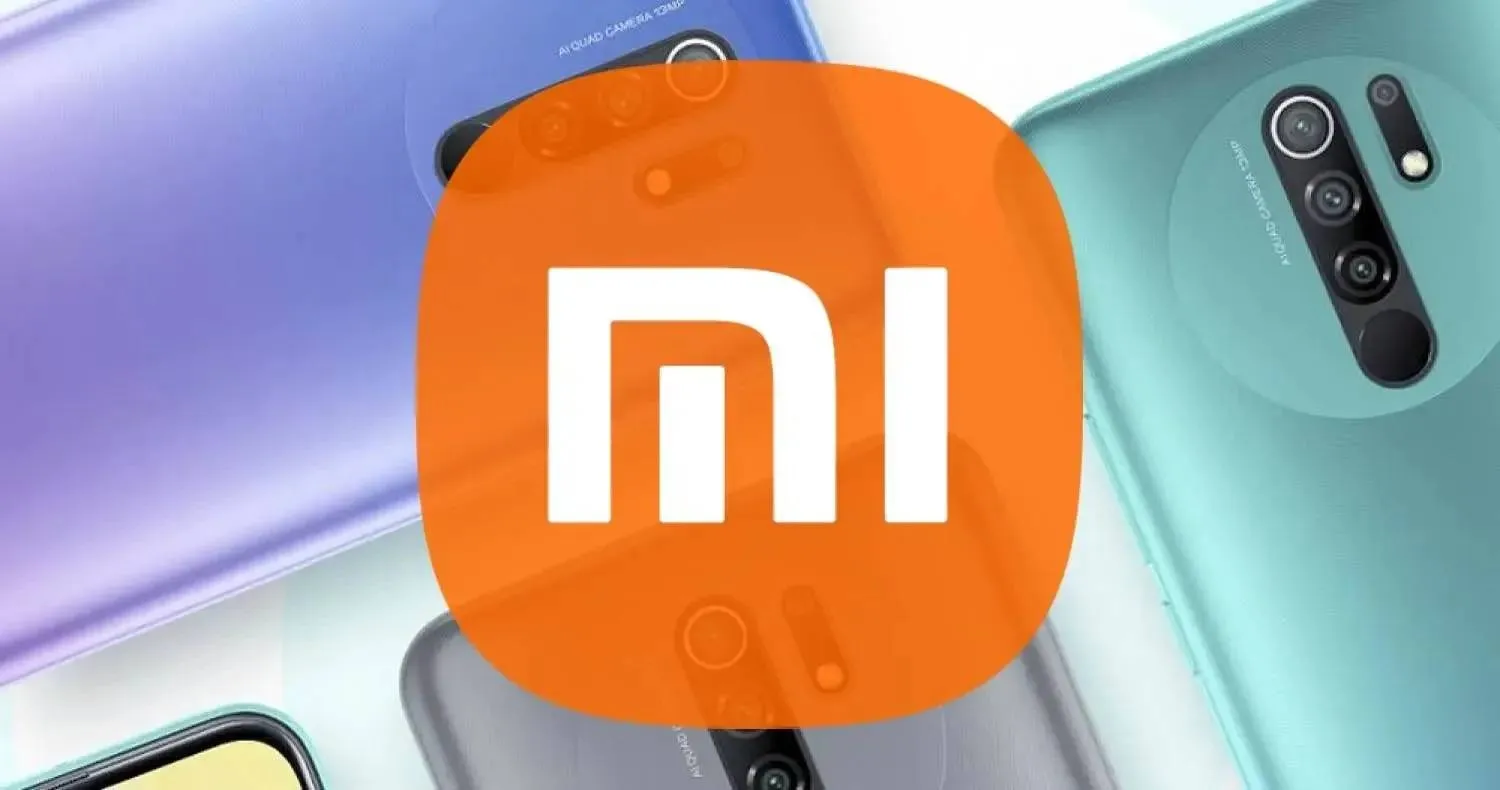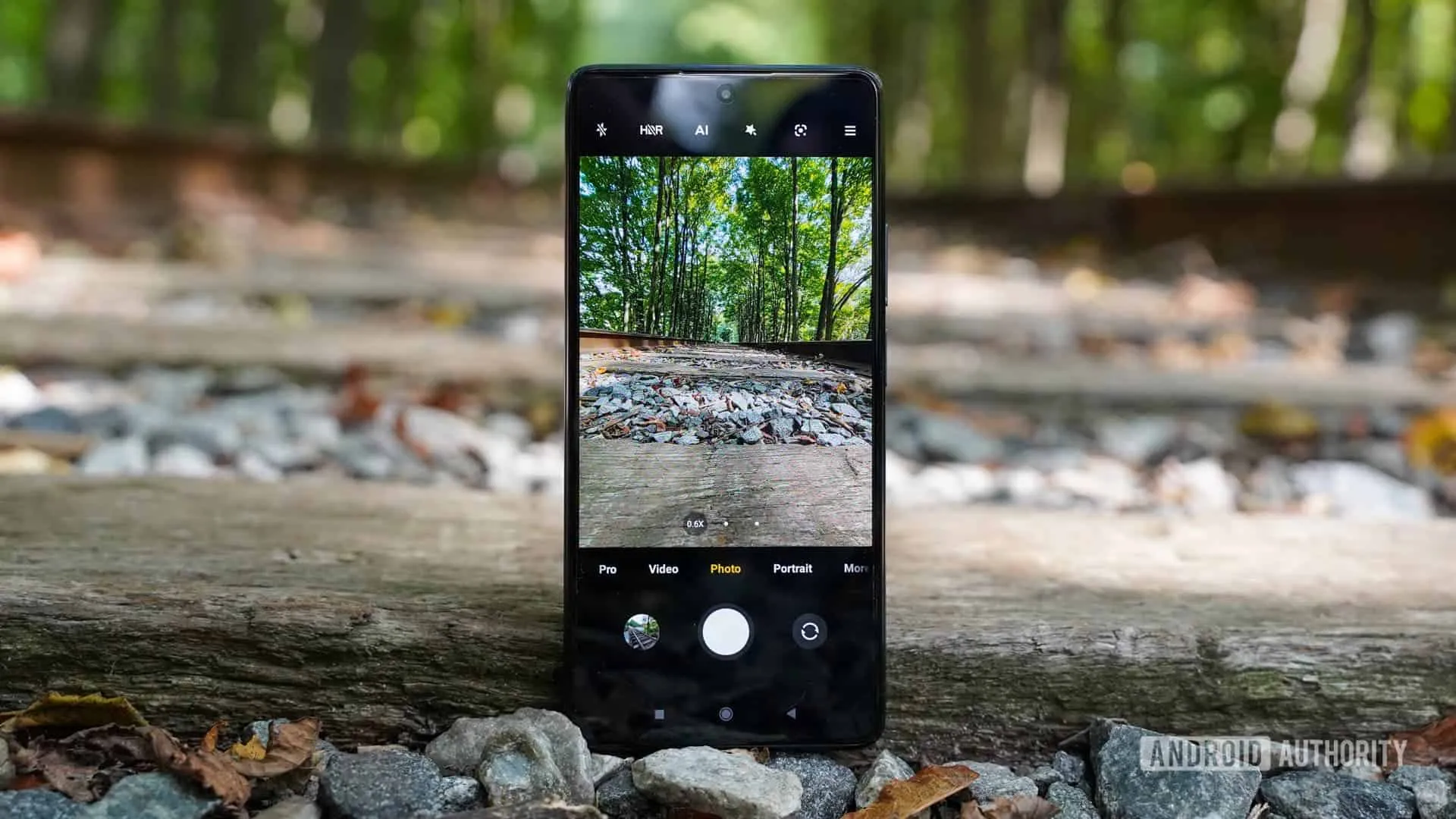Google Photos Isn’t Free Anymore: Why I Prefer Amazon Photos Now
GuideSaturday, 31 August 2024 at 08:12

Three years ago, Google Photos' free unlimited uploads came to an end, marking a significant shift for many users. For me, this transition was less dramatic than it might have been, as I had anticipated Google's change in direction. With other "free" alternatives available, such as Amazon Photos for Prime members, I made the switch and began using the service extensively.
Transitioning from Google Photos to Amazon Photos: A Comprehensive Review
I moved my locally stored photos to Amazon Photos and activated automatic uploads in original quality across my devices. This change proved beneficial, as I found that Amazon Photos met my needs almost entirely. The only aspect where I felt a gap was in video storage. For heavy video users, the options in the cloud have become quite limited.
Amazon Photos: A Worthy Replacement
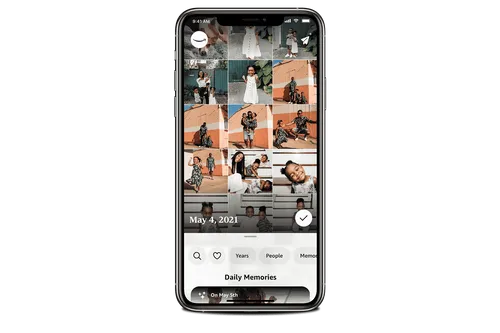
Amazon Photos has replaced Google Photos for me, and in many ways, it has even improved upon it. One of the key advantages of Amazon Photos is its ability to keep photos in their original quality. Unlike Google Photos, which compresses images unless otherwise specified, Amazon Photos maintains the integrity of your files. Whether they are PNG, HEIC, JPG, or DNG, your photos remain as if stored locally.
Initially, I was a proponent of Google Photos' compression feature, believing it to be a clever way to save space. Despite the noticeable differences in image quality when comparing original and compressed photos, the compression did not bother me until I started taking RAW photos. Google Photos’ handling of RAW images was problematic; the service's compression algorithms significantly degraded the quality.
A turning point came when I used an iPhone 13 Pro on vacation. I noticed that the image post-processing applied by the device was excessive—noise reduction, artificial sharpening, and increased contrast were overdone. This led me to prefer shooting in RAW to preserve the original quality of my photos. I discovered that Amazon Photos handled these RAW files exceptionally well. Even after running out of space on my phone, I found that my RAW images were preserved in their full quality on Amazon Photos, thanks to its lossless storage.
When I transferred these images to my desktop and processed about 500 of them with Lightroom, I was impressed with the results. The photos exhibited a level of detail comparable to those taken with a semi-professional camera. Additionally, uploading these high-resolution images from my desktop, rather than my phone, ensured they were not compressed during the transfer.
Amazon Photos vs. Google Photos: Features and Limitations
Amazon Photos also offers robust facial recognition technology, making it easier to locate friends and family in photos. However, the search functionality is not as advanced as Google Photos'. Google’s search engine allowed me to find images based on specific colors or objects, such as an orange sunset. In contrast, Amazon Photos often returns more generic results, such as photos of oranges, the fruit.
Sharing features on Amazon Photos are another area of interest. While I can share albums and allow others to download full-size images, the experience is not as seamless as it was with Google Photos. Some users prefer Google Photos for collaborative albums where they can add their own photos. This reflects the challenge of transitioning away from a widely used ecosystem like Google’s, where services like Maps and Gmail set a standard.
The Challenge of Video Storage
The biggest issue with Google Photos was its handling of videos. The free unlimited storage allowed for videos, but at a significant cost to quality. Videos recorded in 4K were compressed to 1080p, and the reduction in file size was drastic. For example, a video that was originally 80 MB could be compressed down to just 1.7 MB. Despite this, Google Photos provided a sense of security, as videos were stored indefinitely, even if their quality was compromised.
In contrast, Amazon Photos offers only 5 GB of free video storage. At this limit, users must pay for additional space. Given the volume of video content generated—100 GB from my iPhone alone this summer—the cost of cloud storage can quickly add up. I initially considered paying for a 2 TB plan from services like Apple or Google, but the rapidly growing amount of content made even this large capacity seem insufficient.
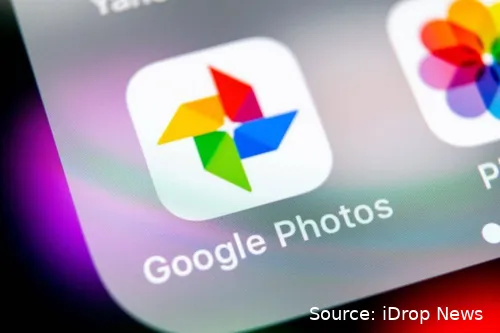
Source: iDrop News
Exploring Alternatives: A NAS Solution
The limitations of cloud storage led me to explore other options. A Network Attached Storage (NAS) device became a viable solution for storing videos at maximum quality without recurring costs. To facilitate this, I purchased a first-generation Google Pixel. This device allowed me to upload and store videos and photos without the space constraints encountered on other platforms. The only limitation was the maximum file size of 10 GB per video, which is manageable for 4K recordings.
Although Amazon Photos remains my preferred service for photo storage, I have reverted to Google for video storage. The ability to manage and store extensive video content has justified the investment in the Google Pixel. As I continue to travel and create content, having a reliable and cost-effective storage solution is crucial.
In summary, while Amazon Photos has significantly improved my photo storage experience, the limitations in video storage have necessitated a hybrid approach, combining the strengths of different services to meet my needs effectively.
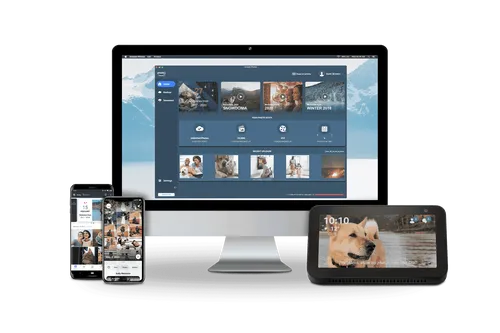
Transitioning from Google Photos to Amazon Photos: A Guide
Switching from Google Photos to Amazon Photos can be a seamless process with a little planning. Here's a guide to help you make the most of your new photo storage solution:
1. Understand Storage Limits:
- Photos: Prime members enjoy unlimited photo storage.
- Videos: The free tier offers 5 GB for videos. Consider upgrading for more space or exploring other options.
2. Enable Automatic Uploads:
- Set up automatic uploads to ensure your photos are always backed up.
3. Leverage RAW Photo Support:
- Amazon Photos preserves the original quality of your RAW images.
4. Organize Your Photos:
- Use albums and tags to keep your photos organized and easily searchable.
5. Utilize Facial Recognition:
- Amazon Photos' facial recognition feature helps you quickly find photos of specific people.
6. Be Aware of Search Limitations:
- Amazon Photos' search may not be as advanced as Google Photos'. Consider manual tagging for better searchability.
7. Explore NAS for Video Storage:
- A Network Attached Storage (NAS) device can be a practical solution for storing large video collections.
8. Evaluate Subscription Plans:
- If you need more storage, compare subscription plans from Amazon and other providers.
9. Backup Important Videos Locally:
- Given the video storage limitations, consider backing up important videos to a local device.
10. Manage Cloud Storage Efficiently:
- Regularly review and delete unnecessary files to optimize storage.
11. Stay Updated:
- Keep an eye on updates and new features in Amazon Photos.
By following these tips, you can smoothly transition to Amazon Photos and enjoy its benefits.
Loading
